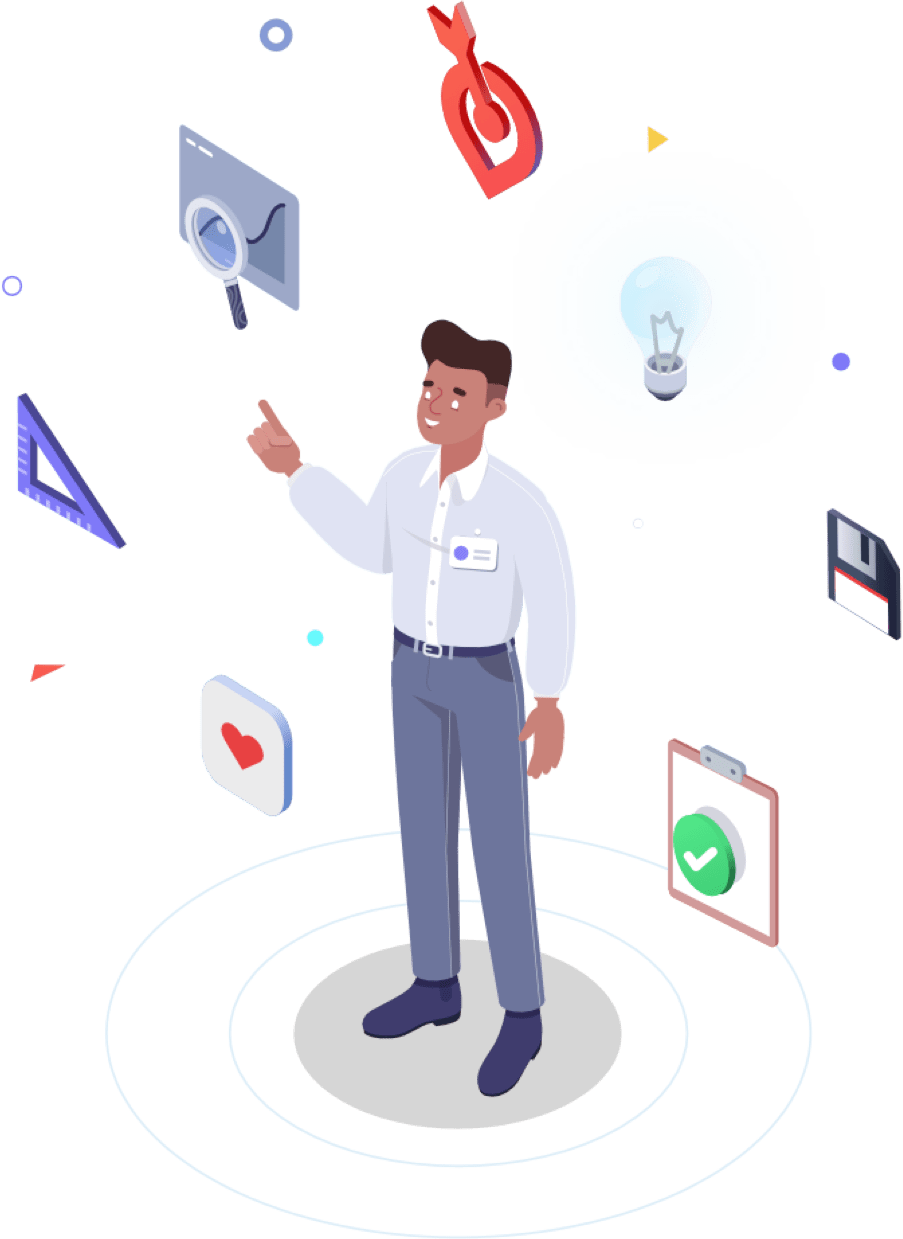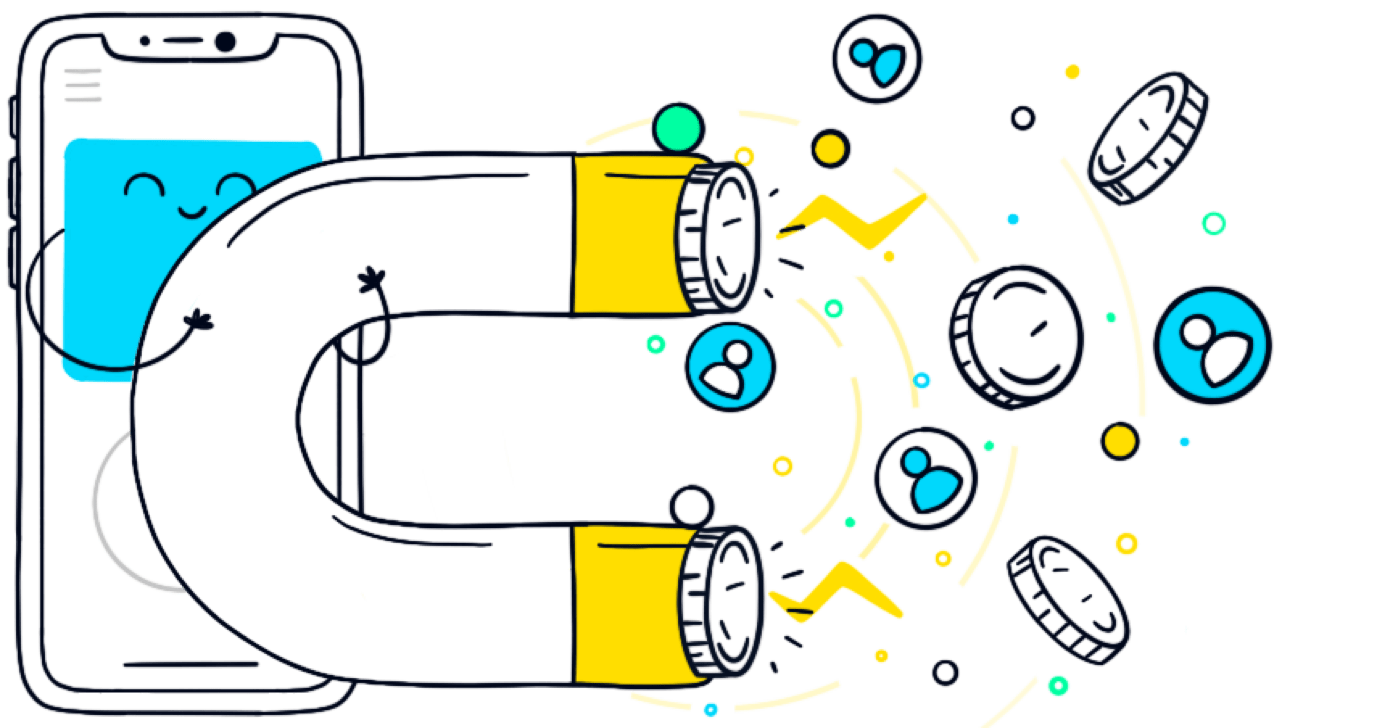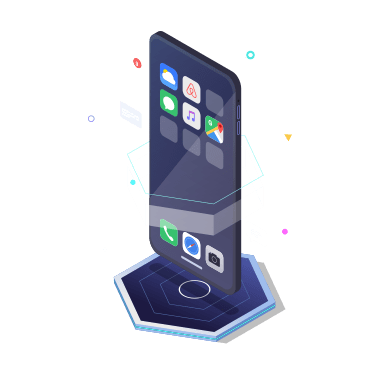Your source for everything mobile UA, from the basics to contentious standards, the glossary can help and inform both aspiring growth managers and experienced mobile app developers

Attribution
Mobile User Acquisition -> Page 1 of
Mobile User Acquisition
What is user acquisition?
User acquisition, or in short, UA, is the process in which mobile apps (or other products) obtain new users through marketing. User acquisition in the context of mobile apps usually refers to a strategy built to achieve a significant volume of app installs to increase your user base or targeting high-value potential users to increase your revenue cycle.
User acquisition is at the core of every app (and product) since, at its most basic, it signifies growth. Simply put, the more users the app has, the bigger the potential revenue and success.
Why is User Acquisition Important?

Any product, service, store, or brand, needs user acquisition. User acquisition is a way to guarantee the product maintains an active user base. The easiest way to explain it is by example. It’s not a perfect analogy, but let’s compare a new app and a new physical store.
When a new physical store opens, consumers, who walk down the street and see it, walk-in. Some of them would make purchases, most of them won’t. Some of them will come back and buy again, most, unfortunately, just won’t. So far, somewhat good, as the store got some initial organic traction.
Now, after its opening, if the store won’t invest any effort in advertising itself, it’d be hard to bring in new customers. Over time, the initial boost of customers will die down, and without actively bringing in new customers, it’d be hard to keep the store profitable, by solely relying on the random bypassers (or the few returning customers).
In reality, some stores are able to maintain a revenue stream based on their premium and central location, and the fact that there is a lot of ‘organic traffic’ around, which is exactly why such locations are extremely expensive and rare.
In order to not only stay profitable but actually grow, this new store will have to invest in advertising and reach new customers. The more customers – the greater the revenue potential (i.e, the more people enter the store, the bigger the chances someone will buy something! Of course, the more relevant your new customers are, the better the odds).
When it comes to mobile apps, the challenge is even bigger. Though users can enter an app store, search, and install, this rarely happens and no developer can or should count on organic installs (there are no actual “bypassers on the street”).
In combination with the fact that most apps are free to download and use, user acquisition plays a much bigger role. Most app developers simply cannot rely on organic traffic and this free-to-use model requires them to scale their apps quickly, which necessitates user acquisition.
Another problem with apps, which requires constant scaling, is the high churn rate. While retargeting and remarketing campaigns are also important, having a strong UA strategy, aiming to target high-quality users in the first place, is essential.
Though organic installs are negligent, store ranking is still important. Having a high number of users who downloaded and installed the app helps the app’s overall ranking in the app store. Since, in the past, it was used to manipulate store ranking, it’s overall influence on the ranking has reduced, but it still plays a role and has some significance.
Considering all of the above, without a clear and concise UA strategy, it’d be hard to find and convert new users. Luckily, today, most UA mobile campaigns are data-driven and are focused not only on scale but also on reaching engaged and active users.
The Different Types of User Acquisition
There are three central types of UA: Paid, Owned, and Organic.
Paid Media Marketing
Paid UA is one of the most commonly known UA methods, and probably the first one to come to mind when thinking of UA. Paid marketing refers to all media channels through which apps can run ads.
Media channels can be social networks such as Facebook, Twitter, LinkedIn, or it can be alternative channels such as ad networks and DSPs who run in-app ads and enables marketers to diversify outside of social networks. In these channels (both social and the alternatives), a marketer can use a wide variety of ads from native, banner, and interstitial ads. These ads can be dynamic, playable ads, video ads, and more depending on the product, branding, and the available budget.
Another form of paid media marketing is through influencer marketing. Influencer marketing is when collaboration is formed between a brand and an online personality, with the belief (and usually the data to back it) that this personality has an audience that is relevant to the brand and can promote the app and introduce it to new users.
With the rise of social networks and the success of individuals in these platforms, influencer marketing has immensely increased in popularity in the last couple of years.
All of these marketing methods require an investment of marketing dollars in other media channels in order to promote the app.
Owned Media Marketing
Owned media marketing, on the other hand, means using existing marketing assets to obtain users. Owned media can be anything from a mailing list, SMS, QR codes, and more.
UA campaigns that utilize owned media can be a newsletter campaign inviting web users to migrate to the app, or an incentivized invite code encouraging users to invite their friends in exchange for in-app currency.
Owned media marketing enables marketers to scale their app using their self-owned assets and users. It usually still requires a budget, though usually a much lower budget, and enables a limited amount of growth (it’s not as scalable as a paid media marketing campaign).
Organic Media Marketing
When it comes to mobile apps, organic marketing means app store optimization (ASO). Similar to SEO (search engine optimization) on the web, ASO serves to organically promote the app in the app store.
This means adjusting and optimizing everything from the title to the description, the keywords, and the category. As mentioned above, since the competition is fierce, scaling from organic installs is not really feasible, so organic media marketing won’t serve as a UA strategy.
With that being said, ASO is still essential since this optimization is taken into account by the algorithm when ranking apps in the app store. Having an optimized page in the app store is crucial, as it still serves as a gateway to conversions. An optimized page shows credibility and helps gain new users’ trust in their final stop before an install.
Making the Most Out of User Acquisition
When planning a UA strategy, marketers and app developers need to consider the basics. There are some crucial decisions to make, to help build the best strategy for your app.
Choosing an MMP
Choosing a mobile measurement platform will help you track the performance of your campaigns and the quality of the users your app is acquiring. The different MMPs provide additional services and serve apps of different sizes.
Choosing a DSP
Choosing a demand-side platform that fits your app’s needs will help you set up the campaigns you want and help in maximizing your app’s growth potential.
If you’re unsure as to why you need an MMP, you can read our entry about why attribution matters.
Programmatic Campaigns
In this day and age, UA campaigns are shifting towards programmatic and ML-based campaigns, while ad networks are turning obsolete. To get a better understanding of the programmatic UA world, we recommend reading our intro to programmatic UA, and the basics of real-time bidding.
After gaining a better understanding of the two, you can dive deeper into the data with our data activation entry and key KPIs, to make sure you’ve set the right KPIs for your campaigns.
And lastly, once your user acquisition campaigns are up and running, you’d want to set up a retargeting campaign to regain users who turned inactive.
